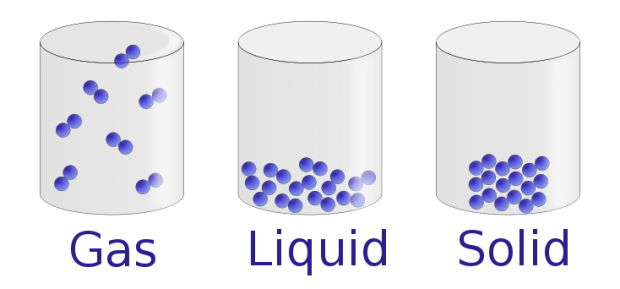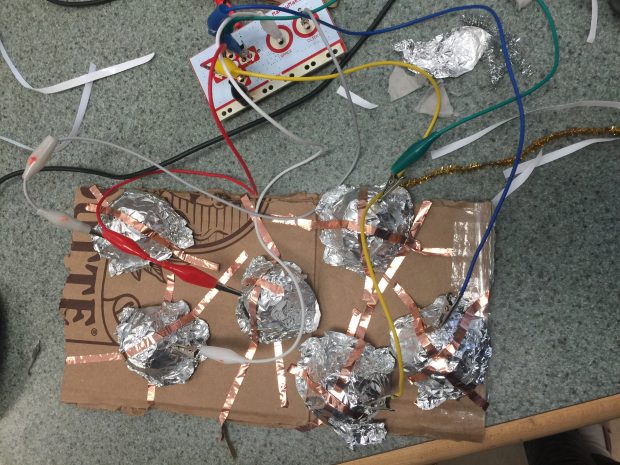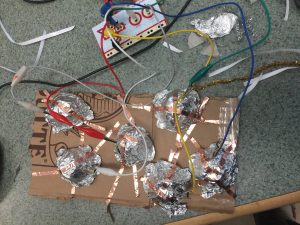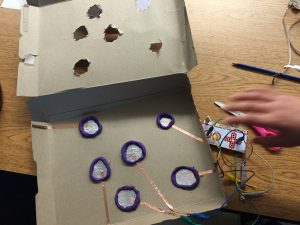Jenkins (1990) makes an interesting statement about the fallacy of the tabula rasa assumption in teaching; that students come to you as a blank slate ready to have your teachings fill their head with the correct information. Students and their minds are not kept in vacuums ready to receive information when they enter the classroom; rather they bring with them a slew of partially formed ideas and impressions. Depending on the age of the student you often have to contend with the teachings of the other teachers/faculty/parents/peers that have influence what the student brings with them. In the video, Heather demonstrated this by describing her ideas of a wonky orbit path. What I found interesting was that part of Heather’s misconception was accidentally transmitted by a misleading diagram in a textbook.
This led me to think about how often are we as educators unintentionally the source of student misconceptions? I am reminded of faculty that would point out diagrams, pictures, and narrative in textbooks that in their effort to simplify difficult concepts simplified it to the point of error. Or in other cases diagrams that in an attempt to engage the viewer with colour and annotation, missed the mark and instead became confusing jumbles of nonsense. This relates to higher education, but think of all the different sources of information that kids (K-12) consume and how these can relate to the development of their misconceptions. For example ‘Magic School Bus’ was a popular kids show back in the day. For the most part the science discussed in this show is pretty solid, but there are some inaccuracies introduced, which, since the medium is so engaging, do have a high likelihood of sticking. For example, I still thought planets were balls of highly compressed gas….wrong. Watch this short video that points out these inaccuracies:
Top 10 Lessons The Magic School Bus Got WRONG – (Tooned Up S2 E1)
One way that we can help students address misconceptions using technology is through stop-motion or slow-motion videos. Schwessinger (2015) discusses her use of slowmation to help students overcome misconceptions in physical sciences. In slowmation, the creator produces a video or animation of an event by sequencing thousands of pictures. The claim is that this technique helps students overcome their misconceptions because they are forced to revisit the concepts so many times and provides them with ‘hands on’ time.
For those interested in reading about using slowmation in practice I would highly recommend reading Schwessinger’s paper. It also has an excellent overview of student misconceptions in science.
References
Confrey, J. (1990). A review of the research on student conceptions in mathematics, science, and programming. Review of research in education, 16, 3-56
Schwessinger, S. (2015). Slowmation: Helping Students Address their Misconceptions in Physical Science. Doctoral Projects, Masters Plan B, and Related Works. Paper 1. http://repository.uwyo.edu/plan_b/1.




